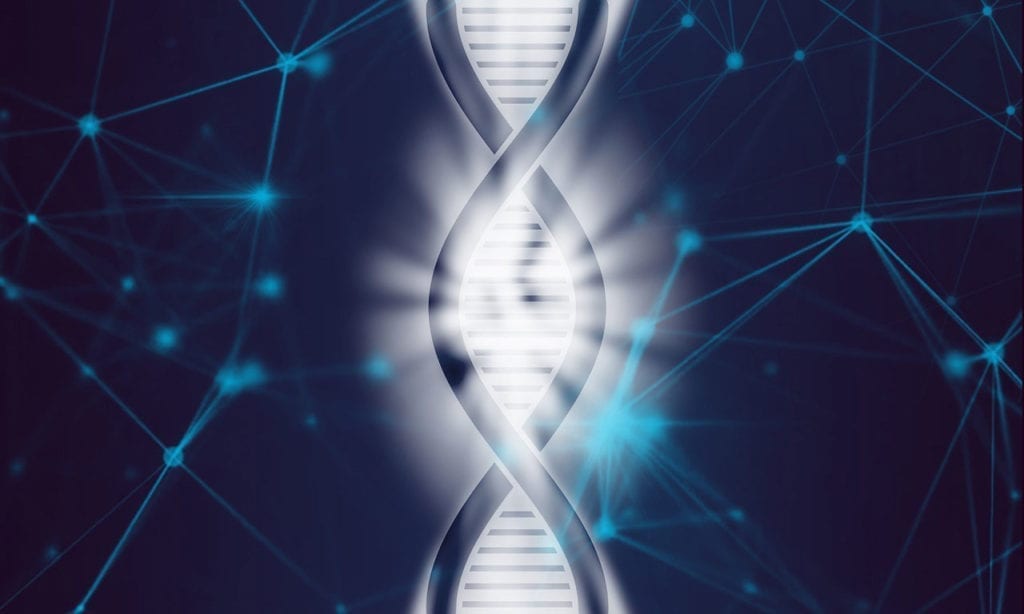At one point in the past, researchers studied a patient with congenital heart disease (CHD) and came out with a potential cause: SORBS2 gene mutations. However, because the study sample was so small, no definitive connection could be determined. But according to eLife, recent research has explored more of a link between SORBS2 and CHD. Check out the full findings, entitled “SORBS2 is a genetic factor contributing to cardiac formation of 4q deletion syndrome patients,” also published in eLife.
SORBS2
Prior to SORBS2, other genes have been associated with CHD and heart defects. For example, patients with chromosome 4q deletion syndrome develop heart defects. In many cases, this is due to a missing or defective HAND2 gene, which plays a role in heart development. However, researchers noticed that some patients with CHD still had their HAND2 gene. Thus, researchers surmised that additional genes played a role in CHD. Since SORBS2 had already been implicated in another study, researchers in this study decided to focus on this particular gene and its potential mutations.
To begin, researchers began developed laboratory-grown human heart cells. Next, they inhibited SORBS2 gene expression. Upon gene suppression, heart cells began to develop abnormally. Ultimately, this abnormal growth prevented cardiac muscle cells from undergoing specific and necessary changes.
Next, researchers utilized mice models, which they genetically engineered to lack SORBS2. They also compared how SORBS2 deficiency altered gene expression in both mice and humans. Altogether, findings included:
- Around 40% of the mice embryos developed a heart defect called double atrial septum.
- SORBS2 deficiency changes protein levels and other gene expressions. Ultimately, this plays a role in heart damage and can contribute to the formation of heart defects.
- While SORBS2 did contribute to CHD, the effect was relatively minor. Thus, researchers determined that while these gene mutations can play a role, this is typically minor.
- Certain rare SORBS2 mutations played a role in 300 CHD diagnoses without additional chromosomal issues.
Congenital Heart Disease
According to the Mayo Clinic, congenital heart disease (CHD), also known as congenital heart defect, is:
one or more problems with the heart’s structure that exist since birth [and] can change the way blood flows through your heart. Some congenital heart defects might not cause any problems [but] complex defects can cause life-threatening complications.
For example, patent foramen ovale (PFO), pulmonary atresia, vascular rings, or long QT syndrome are examples of CHD. Unfortunately, doctors are unsure what causes many cases of CHD. However, there are some factors which raise the risk of CHD. These include genetics; having rubella or diabetes while pregnant; taking medication while pregnant; or smoking or drinking while pregnant.
In patients with mild CHD, symptoms and signs may not be noticeable – at least, until later in life. However, in patients with severe defects, symptoms may include:
- Cyanosis (a bluish tint to the skin, nails, and lips)
- Abnormal heart rhythm
- Shortness of breath
- Feeding difficulties
- Low birth weight
- Delayed growth
- Fainting
- Chest pain
- Tiredness or fatigue which worsens after exertion
- Edema (swelling under the skin caused by excess fluid)
Complications of CHD may develop years later. These include:
- Heart infection
- Pulmonary hypertension
- Stroke
- Congestive heart failure
If you were treated for CHD as a child and are now experiencing symptoms, please visit your doctor. Learn more about congenital heart disease here.





